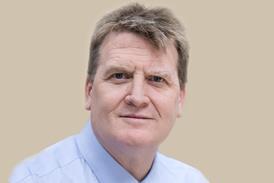Open to question
Health secretary Frank Dobson last year asked trust chairs to ensure their meetings were open to the public. He believed that the public would 'gain a wider understanding of the constraints and opportunities we face' and 'become more involved in their local health service and have a greater voice in ...
You need to be a subscriber to read more

Subscribe for unlimited access
With a HSJ subscription you’ll unlock:
- All HSJ news by sector, topic & region
- Breaking News announcements
- App for mobile and offline reading
- Comment and Daily Insights newsletters
- Regional roundup newsletters
- Unrestricted access to ‘Ask HSJ’ - AI assistant - AI assistant
- 10 expert briefings every fortnight (Premium only)
Already a subscriber? Sign into your account here




















